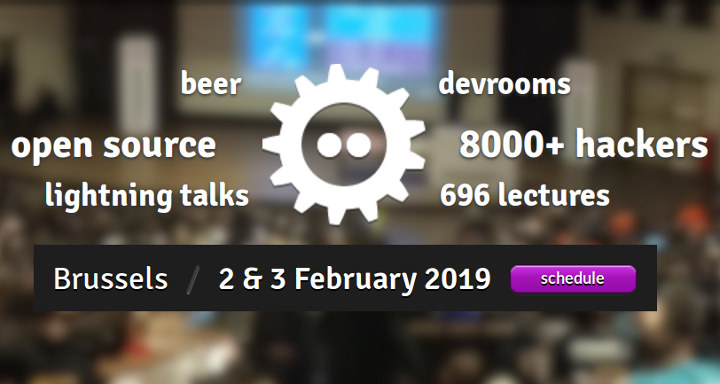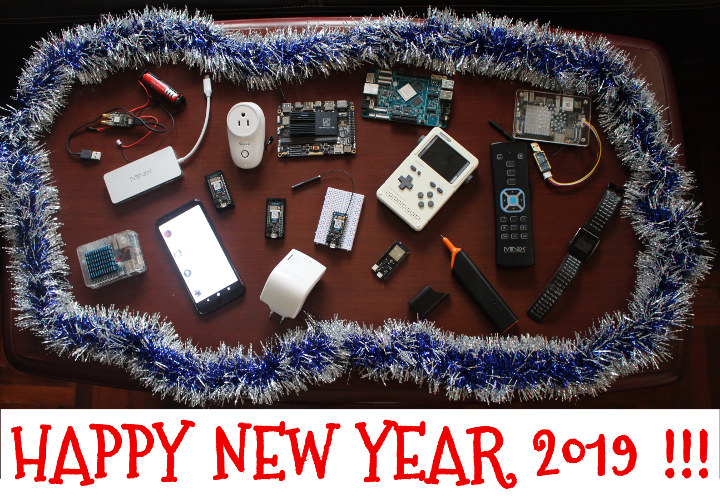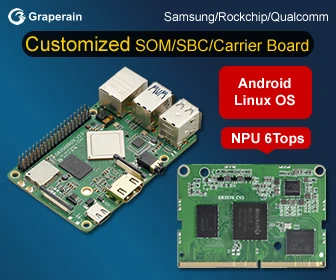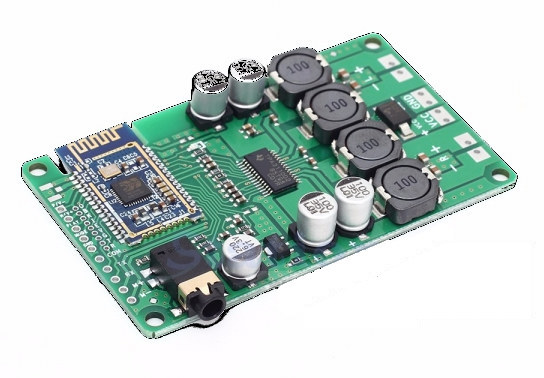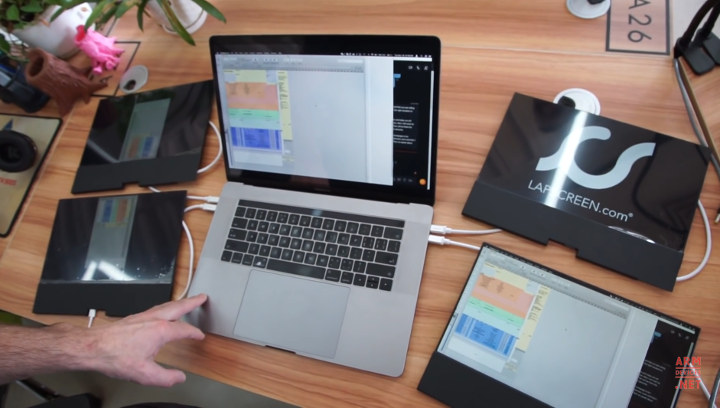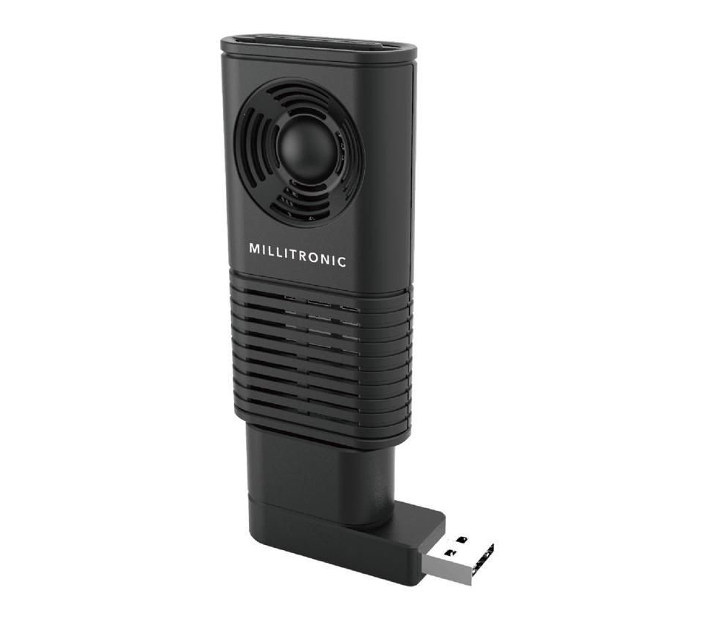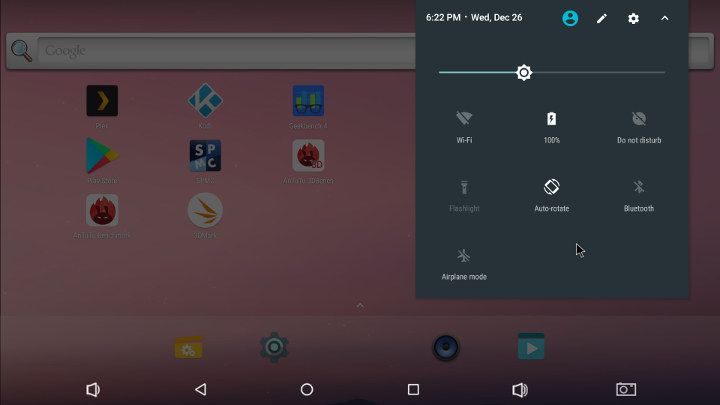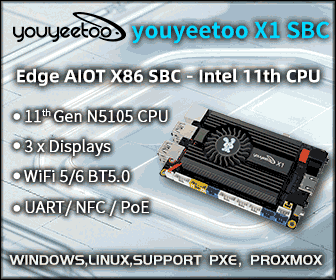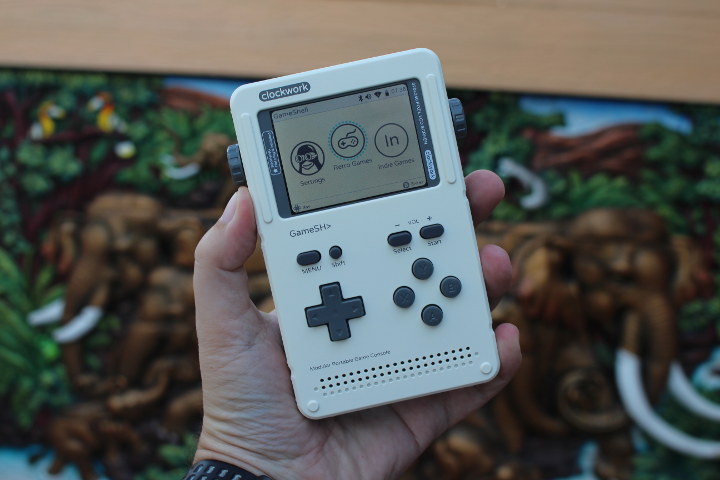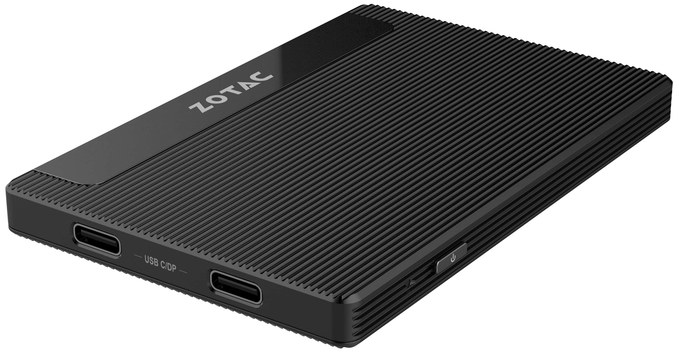FOSDEM – which stands for Free and Open Source Software Developers’ European Meeting – is a free-to-participate event where developers meet on the first week-end of February to discuss open source software & hardware projects. FOSDEM 2019 will take place on February 2 & 3, and the schedule has already been published with 671 speakers scheduled to speak in 711 events themselves sorted in 62 tracks. Like every year, I’ll create a virtual schedule based on some of the sessions most relevant to this blog in tracks such as open hardware, open media, RISC-V, and hardware enablement tracks. February 2 10:30 – 10:55 – VkRunner: a Vulkan shader test tool by Neil Roberts A presentation of VkRunner which is a tool to help test the compiler in your Vulkan driver using simple high-level scripts. Perhaps the largest part of developing a modern graphics driver revolves around getting the compiler to […]
Year 2018 in Review, Top 10 Posts, and Some Stats
That’s it, we’ve already reached the last day of 2018, and it’s time to have a look back at what happened during the past year. On the mini PC front, Gemini Lake based mini PCs took over from Apollo Lake with some performance improvements, but I expected the price point to be a bit lower than it is today. Apart from further developments with regards to mobile processors, it feels 2018 was an off-year for processors, such as the ones found in TV boxes and development boards, with mostly more of the same. Allwinner and Rockchip did not release any really interesting processor, and Amlogic only launched S905X2 and S905Y2 which are mostly evolutions of their previous generation with an OpenGL 3.x capable GPU and USB 3.0. Rockchip RK3399 stood out this year, as despite being launched in 2016, it suddenly became popular again with many RK3399 SBCs coming to […]
This Amplifier Board Features Beken BK3266 Bluetooth 5.0 Audio SoC
I’ve been writing about a few Bluetooth 5.0 solutions this year, but in most case those were based on Nordic Semi nRF52 chips which do support BT 5.0 Low Energy, but not Bluetooth classic which means they are suitable for HID devices, but not for all applications such as potentially some Bluetooth audio application. I’ve just come across a $10.59 audio amplifier board on IC station that is supposed to support Bluetooth 5.0 via Beken BK3266 Bluetooth audio chip. Specifications and features listed for the board: Bluetooth 5.0 Connectivity Up to 6 paired devices Bluetooth protocols – HFPV1.7, A2DPV1.2, AVRCPV1.5, AVCTPV1.2, AVDTPV1.2 Range up to 10 meters Transmission Power – Class2, 4dbm Sensitivity – -81dBm < 0.1% BER Frequency Range – 2.402GHz – 2.480GHz Audio MP3/WMA/WAV music format Speaker Impedance – 4 to 8 Ohm Output Power – 2x15W at 16V/4A, 2x10W at 12V/4A Audio signal to noise ratio >75dB […]
LAPSCREEN Ultralight Ultrathin 12.5″ Display Works with USB-C, HDMI, WiFi, and More
If you want to add an extra screen to your laptop, we’ve previously covered DUO add-on display, a full HD 12.5″ display that can be placed on the left or the right of the display, and it was launched via a crowdfunding campaign that ended up being popular with over $800,000 raised from more than 4,000 backers. The display is however 1.2 cm thick and weights 680 grams, which does not seem too bad until you hear about LAPSCREEN. Developed over several years by Mr. Black (Michél Haese), LAPSCREEN is also a 12.5″ display with Full HD resolution, but it only weights 200 to 300 grams depending on whether you select the non-touch or touch version, and comes with a 4 to 8 mm thickness. Such displays enable what Michél calls the “portable office”, so you’d have your laptop for example, and if you ever needed four extra screens as […]
Millitronic MG360 is a WiGig 802.11ad USB Adapter
802.11ad was announced in 2016 as a new WiFi standard supporting 60 GHz frequency and up to 7 Gbps throughput, but it has recently been superseded by the backward compatible but further improved 802.11ay allowing up to 100 Gbps bandwidth, and 300 to 500 meters range in theory. The new standard is supported by Qualcomm QCA64x8 and QCA64x1 WiFi chipsets that can handle up to 10 Gbps, and found in Snapdragon 855 mobile processor. If you want your network to benefit from 802.11ad WiFi – 802.11ay is not quite available yet – , you’ll first new a compatible router such as NETGEAR Nighthawk X10 AD7200 router, and end nodes supporting 802.11ad WiFi as well as. But most device on the market don’t, and in theory you should be able to add 802.11ad WiFi to any device with a USB 3.0 port, but it turns out there aren’t that many 802.11ad […]
Khadas Edge Review – Part 3: Android 7.0 Preview
Hey Karl here with a look at a preview of Android on the Khadas edge. Jean-luc has done 2 parts already. The first one looking at the hardware side, and a second looking at Ubuntu. A third img is available that for LibreELEC. The initial release was very barebones, and the 2nd version is much more polished with the Play Store installed now and overall feels snappier. Khadas is supposed to be sending an Edge over to Super Celeron, and I hope they follow through. DHL DHL really messed up my board. Here are some pics. I will only be testing with Ethernet because the WiFi antenna got damaged badly and even bent the heatsink. I think the board is slightly damaged as well. I can only flash using the buttons on the board and not the carrier board. Everything else seems OK. Due to the damage, I am using […]
ClockworkPi GameShell Review – Part 1: Unboxing & Assembly Guide
ClockworkPi Gameshell is a portable retro gaming console kit designed to be hackable being powered by Allwinner R16 processor to run Linux, as well as an Arduino compatible Atmel AVR MCU. It’s partially open source hardware with PDF schematics, and firmware source code available on Github. The device launched last year on Kickstarter, raised close to $300,000, and started shipping to backers last summer. The company has now sent me a sample for review, so let’s have a look. The first part of the review will be more than just an unboxing, since the game console is meant to be assembled by the end user, and I’ll report my experience doing so. ClockworkPi Gameshell Unboxing The kit comes in a fairly large package that reads “GameShell – Redefine Portable Game Console” and lists the main specifications with quad core Cortex A7 processor, WiFi and Bluetooth connectivity, 1GB RAM, 16GB micro […]
ZOTAC PI225-GK Ultrathin Mini PC Gets a Gemini Lake Upgrade for $230
Zotac PI225 mini PC was launched last year with an Intel Celeron N3350 dual core “Apollo Lake” processors, and its main feature was its form factor, as the computer is about the size and thickness of a standard 2.5″ SSD. Linuxium reviewed Zotac ultrathin mini PC with both Windows 10 and Ubuntu, and found out Turbo mode was disabled by default in BIOS in order to keep temperature in check. So the form factor did cost some performance to the system compared to similar specced but thicker computers. The company showcased the similar Pi226 mini PC at CES 2018 last January with a faster Celeron N4000 dual core Gemini Lake processor, and finally it’s now available as Pico Pi225-GK (ZBOX-PI225-GK-W2B) on Tiger Direct and some other resellers for about $230 plus shipping. Pico Pi225-GK specifications: SoC – Intel Celeron N4000 dual core “Gemini Lake” processor @ 1.1 / 2.6 GHz […]


